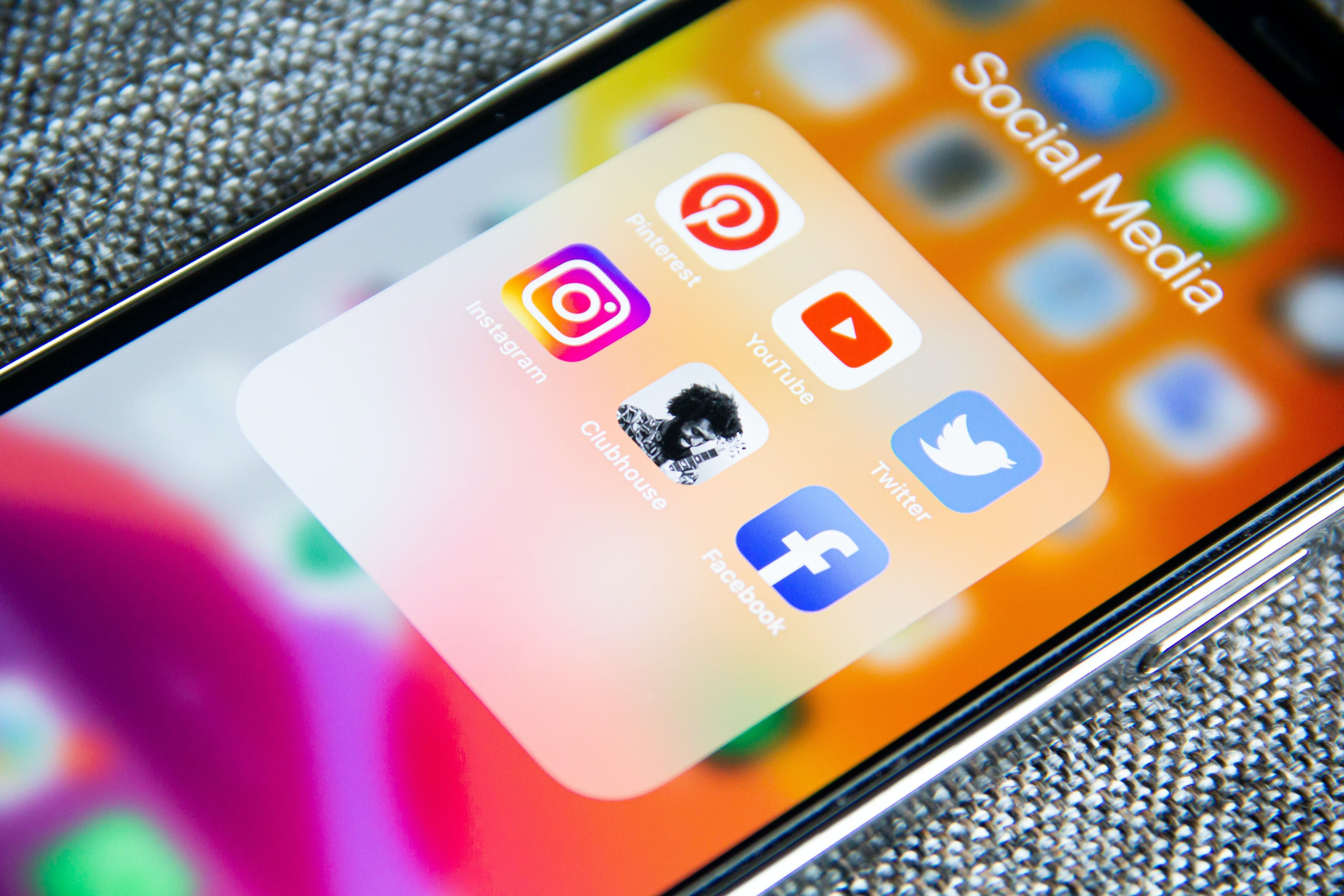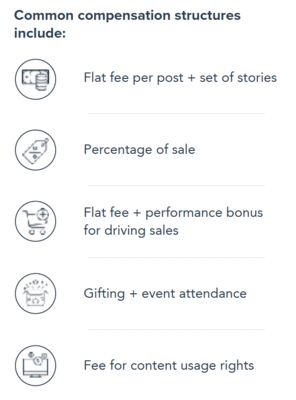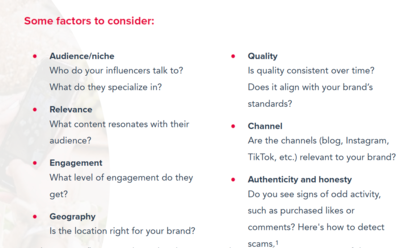What is influencer marketing and how does it work?
)
At a high level, influencer marketing is the practice of brands collaborating with influencers. Influencers help drive brand awareness and purchasing decisions through product placement and endorsements on social media. Research shows that 60 percent1 of all consumers consult blogs, vlogs, or social media posts before considering a product purchase and that influencer marketing can generate 11 times the return on investment (ROI)2 of traditional advertising.
With this in mind, many brands are starting to recognize the potential return influencer programs can reap.
What are influencers?
Influencers are social media superstars, tastemakers, trendsetters, and knowledge leaders who have amassed sizable networks of followers on social media. Theoretically, anyone who self-identifies as a trendsetter or plugs a product on social media can be considered an “influencer.” But what sets influencers apart from the “average Joe” is the quantifiable amount of clout they wield with their followers. What’s even more valuable than their number of followers is the trust their audiences place in them. Audiences place a premium on authenticity. So if an influencer has done a good job of cultivating trust through engaging content that resonates with followers, they can parlay that trust into lucrative partnership opportunities with brands.
Influencers can vary by niche or content type, but typically they fall into one of the following categories.
(based on audience size): Celebrities or ce“web”rities (1m+ followers) Traditionally, celebrities are actors, artists, musicians, or athletes. Ce“web”rities are a subcategory of celebrities who have gained fame on the internet and now are universally recognized.
Macro-influencers (10k–1m followers) These individuals have amassed their following through social media. Some may be local celebrities whose renown has been amplified by social tools, while others may be digitally-famous category experts. 
Micro-influencers (<10k followers) Micro-influencers are numerous in quantity but often too fragmented to be managed in a high-touch way. However, they boast an average 3.86 per cent engagement rate, while their ce“web”rities counterparts only yield 1.21 per cent
Nano-influencers, This type of influencer has a solid affinity for a brand and continually says good things about it, even if they aren’t compensated for product endorsements.
Brand ambassadors Some brands treat influencers as brand ambassadors. Brands will commit to year-long relationships, which these influencers post in exchange for money, promotions, or product. Some brands create evergreen campaigns by recruiting a permanent bench of influencers to reactivate cyclically.
Typical verticals that influencers work in are:
- Fashion and Beauty
- Home and Family
- Gaming
- Health and Wellness
- Travel and Lifestyle
- Food and Beverage
- Business and Tech
- Sports and Entertainment
Favourite Platforms
- You Tube
- Tik Tok
Is influencer marketing effective? When managed and appropriately tracked! Influencer marketing has enormous potential to deliver results.

Learn more at our Knowledge Centre
) Author:Danielle MacInnis
Author:Danielle MacInnis| Tags:Influencer Marketing |
Post comment




